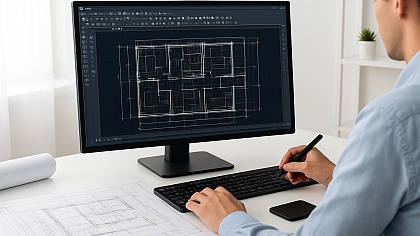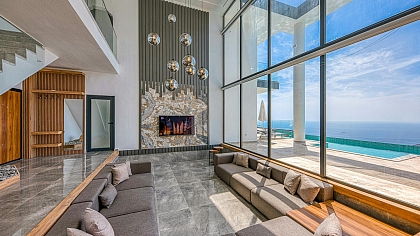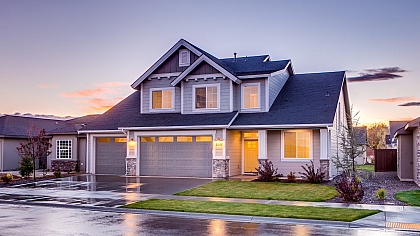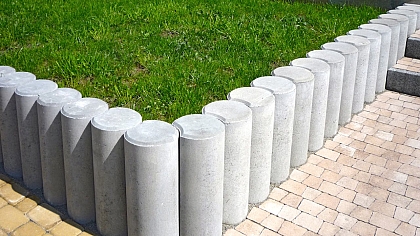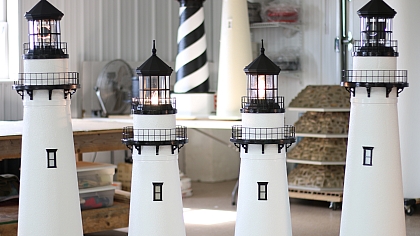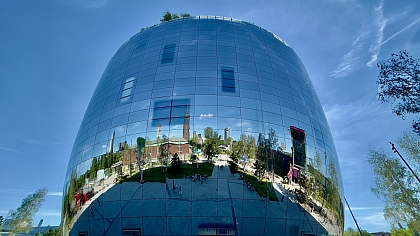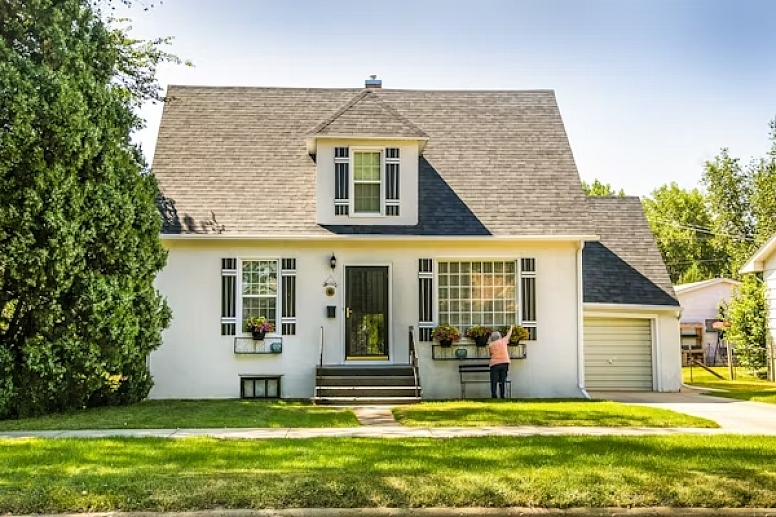
How Homes Adapt to Everyday Needs Inside and Outside
Modern homes adapt to everyday needs inside and outside by evolving to meet our changing lifestyles, showcasing how homes adapt to everyday needs inside and outside. From flexible layouts and multi-functional furniture to enhanced outdoor spaces, this article explores practical ways your home can meet today’s demands.
Evolving Home Layouts for Modern Living
Home design has come a long way from the rigid layouts of the past. Today’s homes prioritize flexibility to accommodate the changing needs of families. Incorporating multi-use spaces allows homes to accommodate various activities like work and study without constant renovations.
Open floor plans are one of the most popular trends in modern home layouts. Their benefits include:
- Eliminating barriers between rooms creates a sense of spaciousness, making homes feel larger and more inviting.
- Allowing natural light to flood open spaces contributes to a brighter and more pleasant atmosphere.
- Facilitating social interactions by allowing guests to move freely between the kitchen, dining, and living areas creating an opening for more engaging conversations.
In addition to open-plan living, there is a growing trend of incorporating dedicated work-from-home zones and study areas. This rethinking of space ensures that every family member has a designated area for productivity, which is crucial in our increasingly remote work culture. Emphasizing flexibility ensures modern home layouts can adapt to evolving family needs, bringing them close together in this situation. Families can follow this trend to enhance their living environments.
Enhancing Outdoor Spaces Beyond Leisure
Outdoor spaces are no longer just for relaxation; they have become functional extensions of our homes. Many homeowners are transforming these areas into practical storage spaces, allowing for much better organization and utility. Imagine having a dedicated place for all your gardening tools, sports equipment, and seasonal decor—outdoor storage makes it possible.
Covered patios are another excellent example of how outdoor spaces can be versatile. These areas provide extended living spaces that are perfect for dining, relaxation, and gatherings, regardless of the weather. A well-designed patio can serve multiple purposes, becoming a favorite spot for family dinners or a cozy reading nook.
In addition to storage and patios, outdoor spaces are increasingly being used for home workouts. With the convenience of exercising inside at home, residents can stay fit without the need to leave their property. From yoga to strength training, outdoor workout places offer a flexible and convenient setting for physical activity.
Outdoor spaces are no longer just for relaxation; they have become functional extensions of our homes. Many homeowners are transforming these areas into practical storage zones, allowing for better organization. Imagine a dedicated place for gardening tools, sports gear, and seasonal items—outdoor storage makes it happen.
Covered patios are another great example of versatile use. These areas serve as extended living zones, perfect for dining or gathering regardless of the weather. A thoughtfully arranged patio can become a cozy reading nook or a vibrant dinner spot.
With the rise in home fitness, many people are also setting up outdoor workout corners. From yoga to strength training, exercising at home has never been more convenient.
Even small additions to outdoor areas can enhance comfort and usefulness. For instance, investing in custom umbrellas not only provides shelter from the sun and rain but also reflects attention to detail in how homeowners make their outdoor spaces both functional and welcoming.
Local Solutions for Everyday Challenges
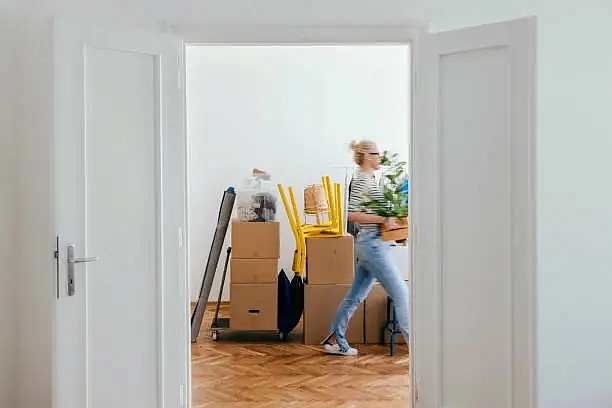
When it comes to handling daily tasks and home improvements, local service providers offer a real advantage. These professionals understand region-specific needs and provide tailored, effective solutions. Whether it's plumbing, landscaping, or moving, their local knowledge makes a significant difference.
One major benefit of working with local experts is faster response times and more personal service. Rather than waiting days for a large company to respond, homeowners can rely on local providers to act quickly.
For example, local Newcastle removalists offer stress-free moving services customized to the specific demands of Newcastle residents. Their familiarity with traffic, building access, and council requirements makes relocating smoother and more efficient.
Balancing Aesthetics and Practicality
Modern home design is about more than good looks—functionality matters just as much. Multi-functional furniture, like sofa beds or storage ottomans, enhances both appearance and space efficiency. These dual-purpose pieces are especially useful in compact homes.
Another smart strategy is to use vertical space. Wall-mounted shelves or organizers help reduce floor clutter, making rooms feel larger and easier to navigate. Even simple elements like blinds can make a difference. Office vertical blinds, for example, help manage light, maintain privacy, and support a clean, uncluttered look in home workspaces.
Lighting also plays a big role. Layering different light types, such as ambient and task lighting, creates a versatile environment suited to everything from relaxing to working. Homes today are evolving into multifunctional spaces, and these small choices help achieve that balance.
Seasonal Adaptability and Future-Proofing
Homes need to be adaptable to different seasons and future needs to remain functional and comfortable year-round. Designing homes with strategic window placement can maximize airflow by creating pressure differentials between the windward and leeward sides, improving ventilation and comfort.
An outdoor office shed equipped with climate control features ensures comfort throughout the year, making it suitable for various weather conditions. This adaptability allows homeowners to use outdoor spaces effectively, regardless of the season.
Future-proofing homes to handle rain, sun, and wind without compromising daily routines is crucial. Key aspects include:
- Small details like custom umbrellas that serve both practical and seasonal purposes
- Adapting homes for weather conditions
- Considering energy use
- Planning for ageing-in-place
The importance of these weather-ready home enhancements cannot be overstated at this time.
Small Changes with Big Impact
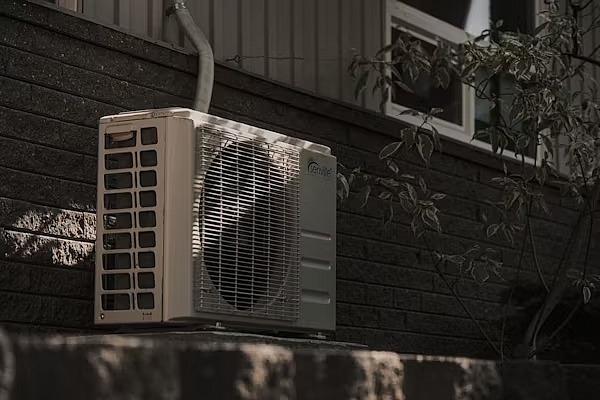
Minor modifications can significantly enhance home comfort and efficiency. Local councils often offer support for such adaptations, making it easier for homeowners to implement small yet impactful changes. For example, adding weather stripping can help seal air leaks, improving energy efficiency and reducing heating and cooling costs.
Installing vertical blinds can reduce heat gain from sunlight, contributing to a more comfortable indoor environment. These simple upgrades can make a big difference in your home’s overall comfort and energy efficiency.
Funding for small home modifications is often available through local community services, making it accessible for more homeowners to undertake these beneficial changes. Simple adjustments like these not only improve comfort but also contribute to a more sustainable way of living.
How to Make Your Home Energy Efficient
Energy efficiency is a key consideration for modern homes. Effective natural ventilation designs can lead to energy reductions of 10-30% compared to homes relying solely on mechanical cooling. Incorporating thermal mass in hot-dry climates helps to retain coolness from nighttime air, reducing cooling needs during the day.
Using large appliances during off-peak hours significantly reduces energy costs, lowering utility bills. Reflective paints can be used on roofs to reduce heat absorption, making it worthwhile to discuss options with a roofer.
Conducting an energy audit can identify areas for improvement in energy usage and efficiency, which is essential for preventing energy loss. Sealing ductwork can prevent heat loss, ensuring warm air reaches intended areas of the home, thus improving heating efficiency. Additionally, using ceiling fans can help distribute heated air in winter and cool air in summer, optimizing energy use throughout the year. You can find that these methods significantly enhance overall energy efficiency.
Switching to power strips allows for the reduction of phantom power consumption by easily turning off multiple devices at once. Automating lighting with dimmers and motion sensors can also significantly contribute to energy efficiency in your home.
Creating a Safe and Accessible Home
Creating a safe and accessible home is crucial for all residents, especially older adults. Important home modifications include:
- Installing grab bars and ramps to prevent falls
- Widening doorways
- Adding chair lifts to benefit individuals who use mobility devices, ensuring they can move around the house comfortably.
Many local programs provide funding for home safety modifications through grants, loans, or in-kind assistance. In some regions, income-qualifying homeowners can receive financial aid for necessary home adaptations. These programs often require applicants to meet age, disability, or income criteria to qualify for assistance.
Collaborating with local authorities or non-profits can enhance the management of home modification assistance programs. Some Medicare plans may cover costs for home modifications deemed medically necessary by a physician, making it easier for homeowners to make their homes safer and more accessible.
In summary, homes are becoming increasingly adaptable to meet the evolving needs of their residents. From flexible home layouts and multifunctional outdoor spaces to local solutions and energy-efficient upgrades, modern homes are designed to be both functional and beautiful.
Small changes and local choices play a significant role in enhancing the functionality of our homes. Whether it’s minor modifications for energy efficiency or safety improvements for accessibility, these adjustments can make a big impact on our daily lives.
Looking ahead, the trend toward adaptable homes is likely to become more accessible for everyone, ensuring that our living spaces continue to evolve with us, not just for us.

